Last year, Cape Town photographer Imraan Christian came to international attention when his images of South Africa’s #feesmustfall student protests spotlighted the continued ramifications of apartheid on the country’s “born free” generation. In the months since, the 23-year-old has become a prominent figure within the country’s new wave of political creatives who are bringing a sense of activism to their commercial and personal projects.
His desire to marry aesthetics and ideals has taken him to the UK to document Little Simz on tour and collect superstar fans like A$AP Rocky (the rapper recently reached out to him to say, “Ur photos are amazing bro”). i-D spoke with Imraan about his latest work — photographing the new generation of South African creatives and activists — and about why “apathy is strictly for the bourgeois.”
You grew up in the notorious Cape Flats area of Cape Town. What did you learn being raised and educated in that atmosphere?
The hood teaches you many things, but most important is “Dala what you must” or “Do what you have to.” In the sixth grade, my teachers and the principal of the school advised my parents to take me to a school where I would be more academically challenged because they were worried that I would find myself within gang life. In retrospect, the schooling environment was rough, but the fact that I had to leave says more about our education system than it does about gangsterism.
My parents transferred me to a “model-c” school (post-apartheid term for upper class, predominantly white school). These schools, like many other structures in Cape Town, have not really been transformed since apartheid. And although the way I dressed, spoke, ate, lived, breathed, was ridiculed because it was considered gham (low class) I had already become myself: a son of the soil, and no white supremacist culture would change that. My existence has been resistance since then.

How have the Cape Flats informed the work you’re creating now?
By giving me knowledge of self. From a young age I’ve had to learn to navigate violence because it was simply a reality; as far back as I can remember I learned to choose fight over flight. You make this decision enough times and it becomes nature, so by the time I started interacting with the bigger world and had to face institutional racism and prejudice, there was no choice. I have to fight, because it is part of me.
This understanding has affected my work in many ways: most notably in the face of severe police brutality and intimidation during last year’s students uprising. Most importantly, the Cape Flats allowed me to appreciate the beauty of struggle; poorer people don’t only suffer, they also create and love and dance and rejoice. It is part of my life mission to redress this bullshit caricature of the “Cape Colored” as simple gangsters, and show that we, like all black people, have a range of emotions and talents.
The fall out of apartheid is still so present in South African culture. What are the things your generation is still fighting for that people may not realize?
The most important thing young people are fighting for is the idea that the battle is not over — let alone won. This rainbow nation South Africa is merely apartheid with a facelift.
Imagine South Africa as a person; vampire colonial powers have stabbed this person for over 400 years in order to drink its blood. Generation Z would like to remove the knife, heal our wounds, and stand on our own two feet because we are “free.” However, because of many intersecting factors like media, history, and culture much of public opinion has been a discussion of whether the knife exists. And those who are exhausted by the discussion and claim the space to stand on their own two feet are being villainized as “radicals.”
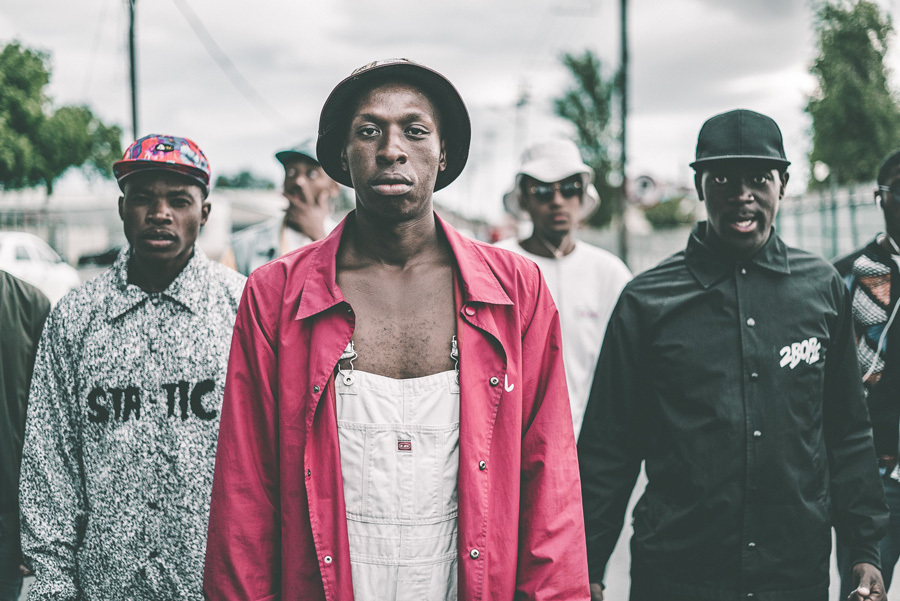
#Feesmustfall was a big moment, not just for your generation but for you and your work. Tell us what happened after your photos were picked up internationally?
For me, and many others, these protests radicalized my soul. Resistance was no longer ideologies, thoughts, and essays — it was action. The police no longer represented order and justice, their brutality turned them into gangsters in blue uniforms. Our parliament was no longer the leader in restorative justice, but a battleground. The irony was we were unarmed, educated students fighting for free socialist education which was promised in 1994 after apartheid was abolished.
After the protests my career went on a wave; mainstream and conservative brands and companies see me as too far left of field. My creative journey since the protests has involved many of South Africa’s underground creatives, artists, activists, and companies who themselves are seen as too radical.
You pretty quickly went from photographing activists to touring with Little Simz. Is documenting musicians and creatives as important to you as your political work?
I feel like everything you do is political because the political sphere does not exist separately to the social and economic spheres. Music has definitely been the driving force in the flow of my artistic journey, and Little Simz is without a doubt an ascended master. She is channeling bars and concepts far beyond, getting to spend a few weeks with the SPACE AGE 101 family was “bare wavy innit” [laughs]. But in all seriousness, one of the craziest things about being in London was the fact that hardly anyone wore colorful clothing. It was really trippy; everyone was wearing black and nude colors and I was out there all jiggy in my colors like a sore thumb.

Do you feel Gen Z is actively working towards creating change in the world, or do the uncertain times we live in breed apathy?
I think apathy is a luxury of the bourgeoisie. How can you sit on the fence when you neighbor’s house is on fire? I think we, the youth, are becoming ourselves, becoming the leaders of tomorrow. We have, and will, continue to make change, merely by existing, on micro and macro scales. So to answer your question, no, we aren’t working toward change; we are becoming it.
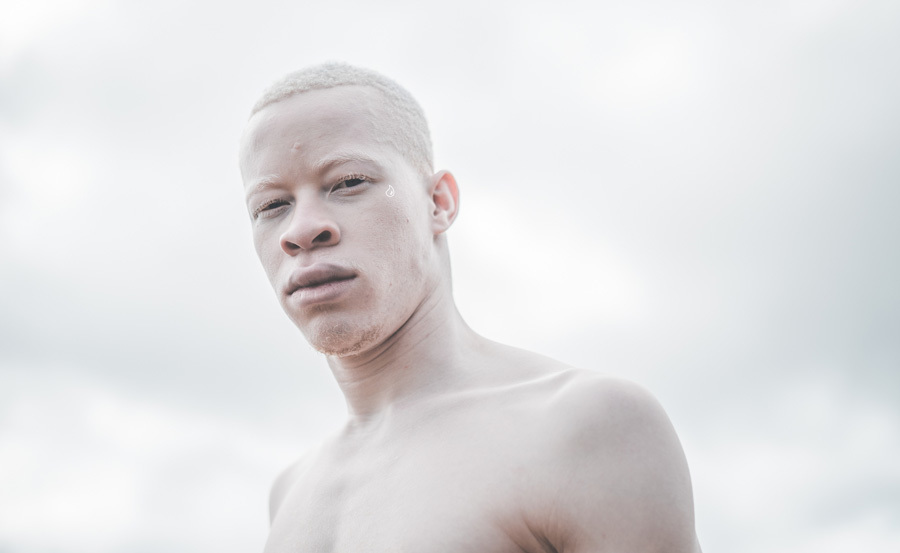


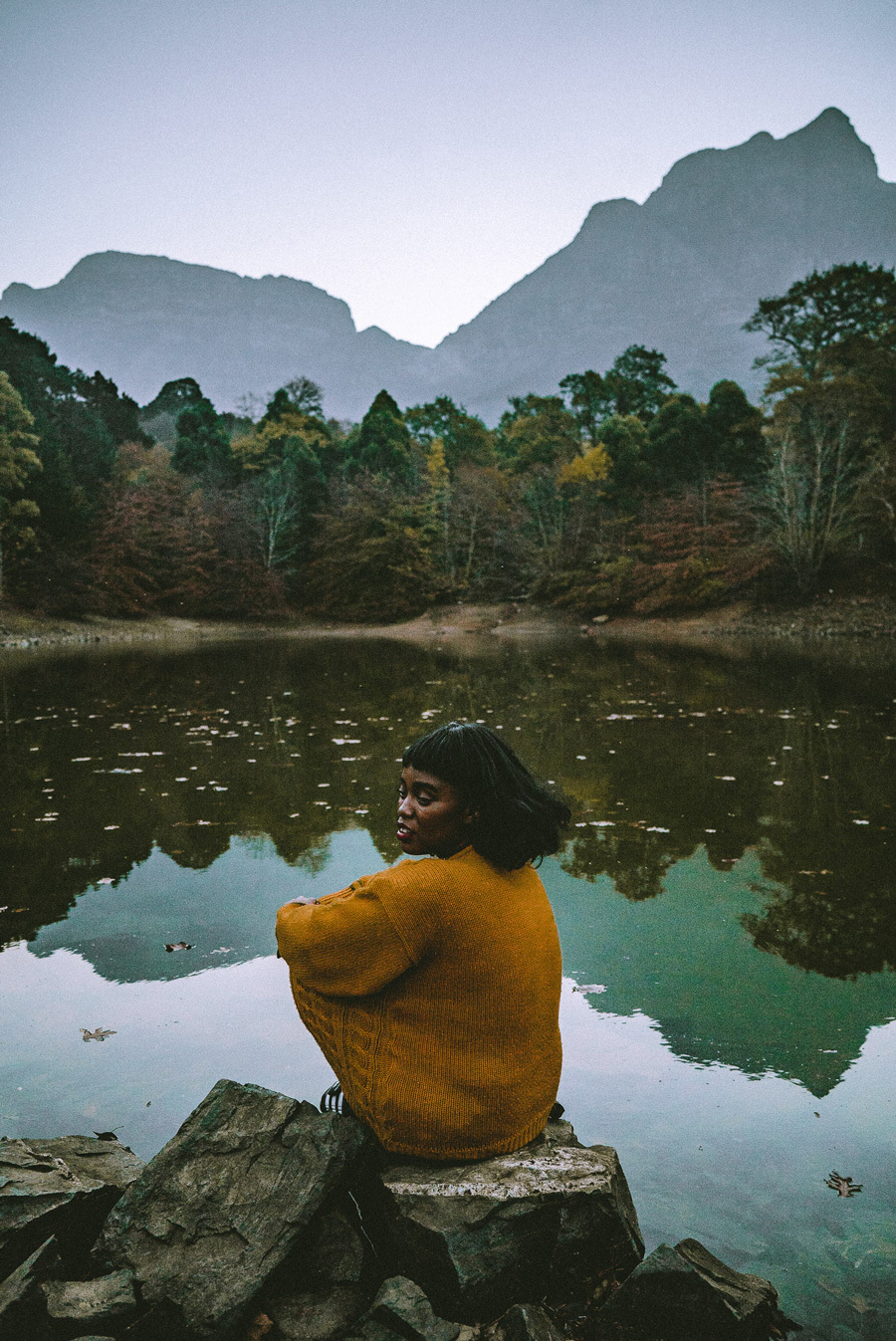

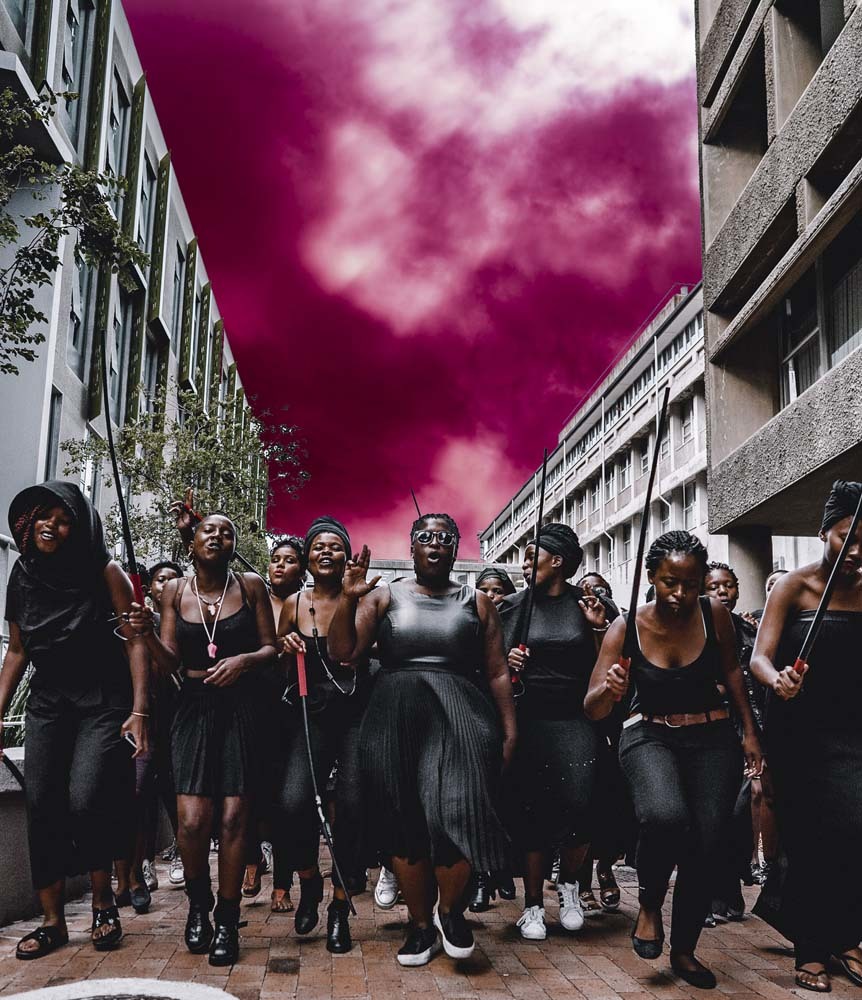
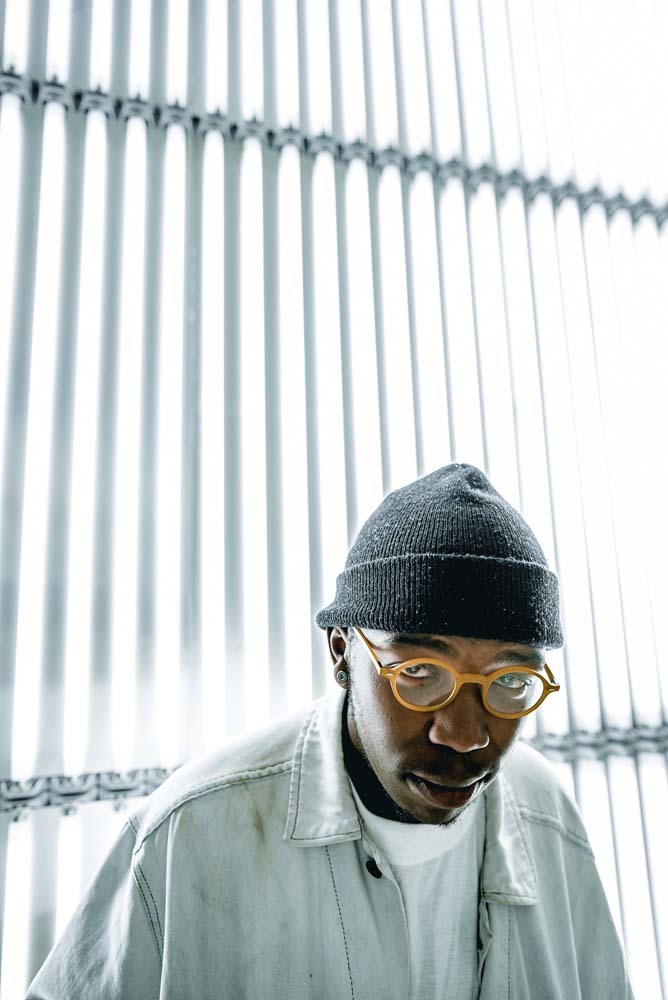
Credits
Text Courtney DeWitt
Photography Imraan Christian
